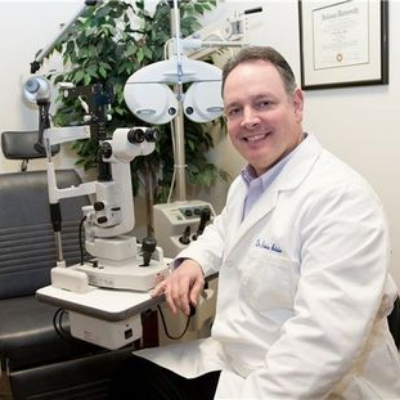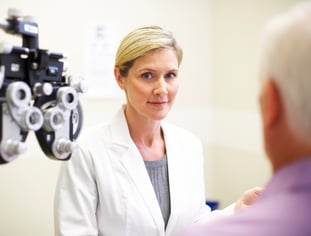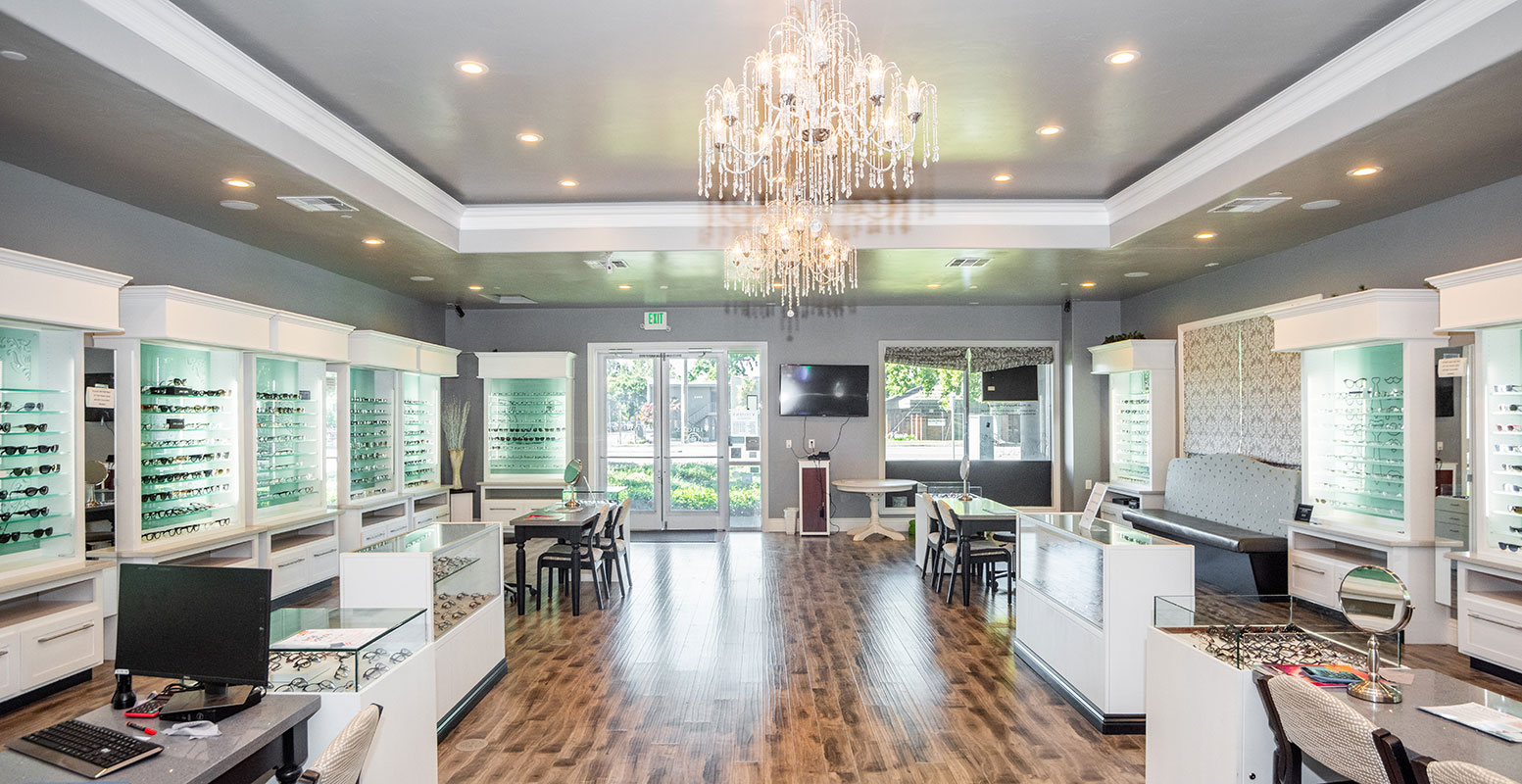Experience Personalized Care with Opticore Optometry in Chino
Wiki Article
Discovering the most recent Technological Improvements in Optometry and What They Mean for Eye Doctors
From the accuracy of Optical Comprehensibility Tomography to the nuanced insights supplied by AI-driven analysis devices, these technologies are establishing new criteria in client evaluation and therapy. As these developments penetrate the practice, optometrists are encountered with the difficulty of welcoming these devices to boost client end results.Technologies in Diagnostic Tools
Advancing the area of optometry, innovations in analysis devices have actually transformed the means eye treatment professionals analyze and diagnose aesthetic disabilities and ocular problems. The past years has experienced significant technical developments, making it possible for even more comprehensive and accurate evaluations. Optical Comprehensibility Tomography (OCT), for instance, provides high-resolution cross-sectional pictures of the retina, enabling the early detection of conditions such as glaucoma and age-related macular deterioration. This non-invasive imaging technique has actually become vital in modern optometric practice.One more trick innovation is the intro of innovative corneal topography systems, which map the surface area curvature of the cornea with precision. These tools are specifically beneficial for fitting get in touch with lenses and identifying corneal conditions. Electronic retinal imaging has changed traditional ophthalmoscopy, using thorough, panoramic views of the retina that assist in comprehensive aesthetic exams.
The development of wavefront aberrometry has also been important, allowing the analysis of refractive mistakes with unmatched accuracy (Opticore Optometry). This innovation assists in customizing corrective lenses and boosting medical outcomes for refractive surgical treatments. Collectively, these diagnostic advancements empower eye doctors to provide exceptional individual care, ensuring early treatment and customized therapy strategies, eventually boosting aesthetic health results
AI in Individual Management
Structure on the foundation of cutting-edge analysis tools, the unification of man-made knowledge (AI) in person administration represents a transformative leap for optometry. AI systems are increasingly utilized to boost efficiency, precision, and customization in person care.In addition, AI-driven systems assist in structured patient communications and administrative processes. Automated organizing, digital consultations, and individualized follow-up plans not only improve individual contentment yet also enhance time management for professionals. These systems can triage people based upon the urgency of their conditions, guaranteeing that those in essential requirement receive punctual focus.
In addition, AI boosts decision-making by providing optometrists with evidence-based recommendations and treatment paths. By integrating information from electronic health records, AI devices supply understandings that educate medical decisions, decreasing the danger of mistakes and improving person results. As AI remains to progress, its function in person monitoring will likely broaden, improving the landscape of optometric care.
Breakthroughs in Retinal Imaging
In the realm of optometry, retinal imaging has experienced amazing technological advancements that are boosting diagnostic capacities and client treatment. Technologies such as Optical Coherence Tomography (OCT) and fundus photography have actually reinvented how optometrists picture and evaluate the retina. OCT, particularly, offers high-resolution, cross-sectional photos of the retina, permitting the in-depth evaluation of its layers. This capacity is invaluable for early detection and monitoring of conditions like glaucoma, diabetic retinopathy, and age-related macular deterioration.Enhanced imaging modalities like OCT angiography are further refining analysis accuracy. Opticore Optometry. Such developments promote the identification of minute retinal changes that could symbolize condition progression.
Additionally, innovations in expert system are boosting retinal imaging by enabling automated evaluation of large datasets. These systems aid optometrists in identifying patterns a measure of pathology, thereby boosting diagnostic accuracy and efficiency. Jointly, these advancements are changing retinal imaging right into a cornerstone of modern eye treatment, boosting results and increasing restorative opportunities.
Teleoptometry's Expanding Duty
Teleoptometry is significantly becoming a crucial element of eye treatment, driven by improvements in electronic interaction and analysis tools. As optometry welcomes digital improvement, teleoptometry promotes remote assessments, enabling eye doctors to extend their solutions past standard boundaries. This is specifically advantageous in rural and underserved locations where accessibility to specialized eye treatment is frequently limited. By leveraging high-resolution video conferencing and advanced retinal imaging, optometrists can conduct comprehensive eye exams from afar, making certain prompt diagnosis and treatment.The combination of artificial intelligence (AI) additional enhances teleoptometry, making it possible for the evaluation of aesthetic data and assisting in the detection of eye problems such as glaucoma and site web diabetic person retinopathy. AI-powered algorithms can swiftly translate complex imaging information, supplying eye doctors with important understandings that reinforce scientific decision-making.
Moreover, teleoptometry supports continuity of care through smooth assimilation with digital wellness records (EHRs), permitting optometrists to preserve thorough individual histories. When consulting with various practitioners., this makes sure that patients receive customized and constant treatment even.
Despite these benefits, obstacles stay, including making sure information security and managing client assumptions. However, teleoptometry represents a considerable stride in the direction of more obtainable, effective, and patient-centered eye care. As modern technology advances, its role is poised to broaden additionally.

Future Trends in Eye Care
A myriad of cutting-edge fads is set to improve the future of eye care, driven by technical advancements and the advancing demands find more info of people. One considerable fad is the assimilation of synthetic intelligence (AI) in diagnostics, which guarantees to enhance the accuracy and effectiveness of eye examinations. AI algorithms can evaluate substantial amounts of data from retinal pictures, possibly spotting conditions like diabetic person retinopathy and glaucoma earlier than conventional techniques.In addition, customized medication is obtaining grip in optometry, with hereditary screening educating tailored treatment plans. This strategy aims to enhance person results by customizing treatments to individual hereditary profiles. Wearable modern technology, such as wise call lenses, is additionally imminent, using real-time monitoring of intraocular stress or sugar levels, thus offering continuous understandings right into systemic and eye wellness.
The fostering of increased reality (AR) and virtual fact (VR) in training and patient education and learning is one more emerging trend. These technologies provide immersive experiences that can improve understanding and abilities both for clients and optometrists. As these fads advance, optometrists should remain abreast of technical developments to offer cutting-edge treatment, guaranteeing better patient end results and satisfaction in the dynamic landscape of eye treatment.
Verdict

Collectively, these analysis advancements empower optometrists to provide superior individual care, ensuring early treatment and tailored treatment strategies, ultimately enhancing aesthetic health and wellness outcomes.

As these innovations continue to advance, optometrists should adapt and integrate them right into method, eventually maximizing process effectiveness and boosting the standard of eye care supplied to patients.
Report this wiki page